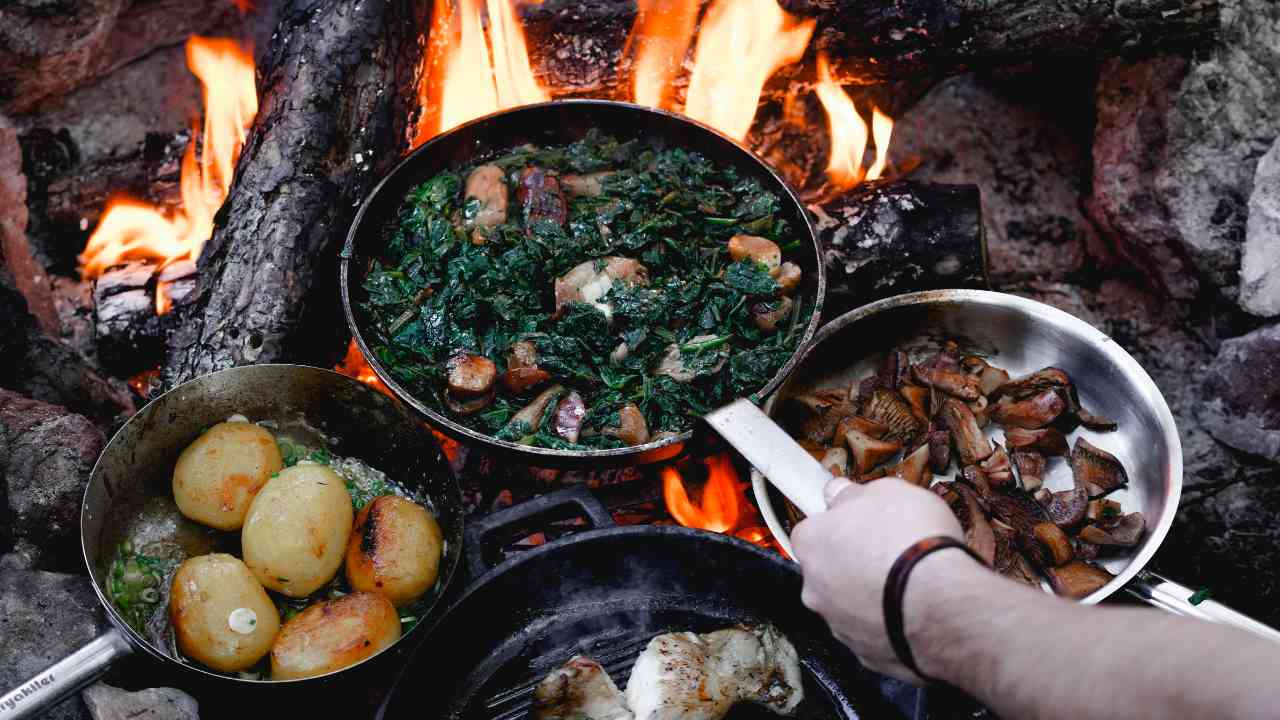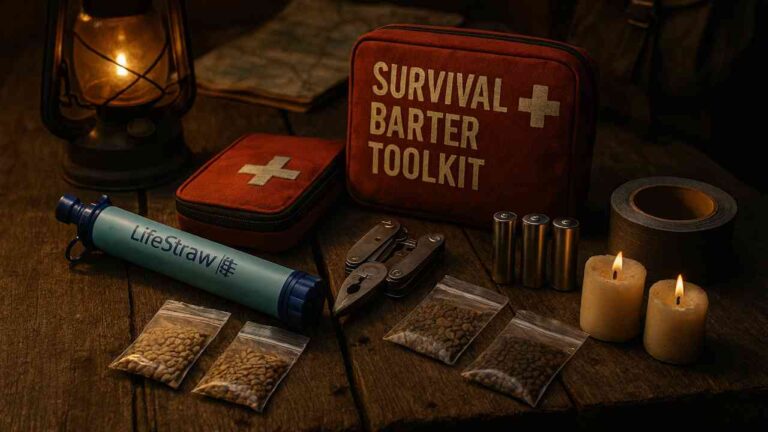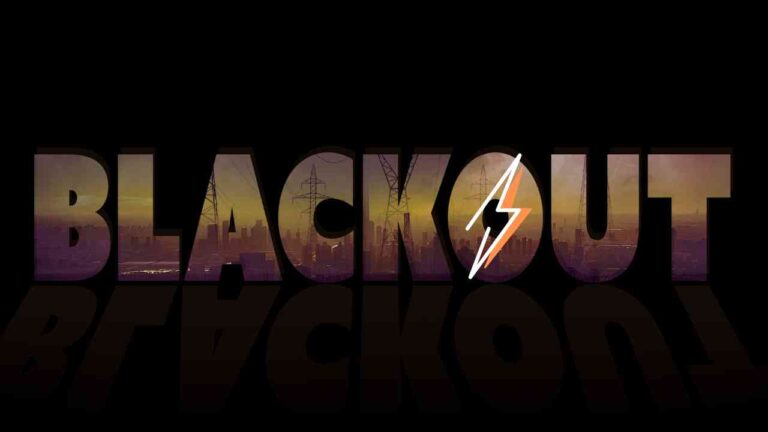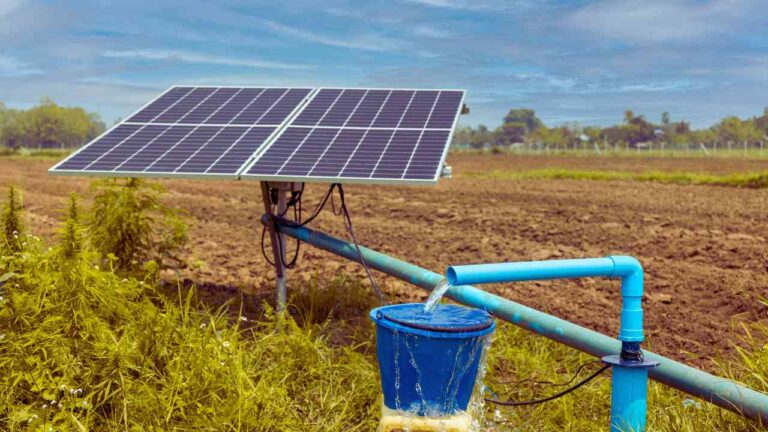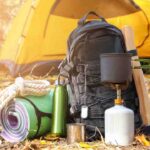Key Takeaways
- Emergency cooking without power requires preparation and knowledge of alternative methods.
- Solar ovens, portable stoves, and grills are effective tools.
- Safety is paramount; always follow guidelines to prevent accidents.
- Stocking up on non-perishable foods ensures you’re ready for any situation.
- Practice these methods before an emergency to build confidence.
Introduction: When the Lights Went Out
It was a cold evening in November when a strong storm rolled through our town. In just minutes, the lights went out and the house turned silent. The power was gone. I looked at my kids—tired, cold, and hungry. The fridge stopped humming, the stove wouldn’t turn on, and our phones had only a little battery left.
I knew I had to act fast. I reached for the emergency cooking tools I had stored away and used a small gas burner and canned food to prepare a warm meal. That moment made something clear—we can’t rely on electricity all the time. Everyone needs a simple plan for emergency cooking without power to keep their families safe and fed. Here are 7 quick hacks to help you in any emergency.
1. Solar Cooking: Harnessing the Sun’s Power
A Safe, Fuel-Free Way to Cook
When the power is out and the sun is shining, a solar oven can save the day. Solar ovens work by using shiny surfaces—usually made of reflective metal or foil—to catch and focus sunlight onto your food. This focused heat cooks your meals slowly, just like a slow cooker.
Why Solar Ovens Work So Well
One of the best parts about solar cooking is that it doesn’t need gas, electricity, or even wood. It’s totally free once you have the oven. It’s also safe to use, especially around kids or pets, because there are no open flames. Solar ovens are perfect for sunny afternoons, especially during the spring and summer months when sunlight is strong and steady.
Smart Tips for Using a Solar Oven
- Always face the sun. Move the oven every 30 to 60 minutes to catch the most light.
- Use dark, thin cookware. It absorbs heat better and cooks food faster.
- Keep the lid closed. Every time you open the oven, heat escapes and slows cooking.
“Solar cooking is a sustainable way to prepare meals during power outages.” — National Renewable Energy Laboratory
Solar ovens are quiet, clean, and eco-friendly. While they may not cook as fast as a gas stove, they work well when there’s plenty of sunlight. It’s a smart tool to keep around for power-free days.
2. Portable Gas Stoves: Compact and Efficient
Fast and Flexible for Any Situation
Portable gas stoves are one of the most reliable tools for emergency cooking without power. These small stoves usually run on butane or propane canisters, which are easy to store. Whether you’re indoors (with the windows open) or outdoors, these stoves let you boil water, heat canned goods, or cook full meals with little effort.
Easy to Set Up and Use
Most portable stoves are small enough to fit in a backpack or emergency kit. They’re lightweight, simple to use, and heat up quickly. You don’t need electricity or fancy parts—just hook up a fuel canister, turn the knob, and light the flame.
Important Safety Tips
- Read the manual first. Each stove is a bit different, so follow instructions closely.
- Use in a well-ventilated area. If you’re indoors, open windows to keep air flowing.
- Stock up on fuel. Keep a few extra canisters just in case the outage lasts days.
“Portable stoves are essential for emergency preparedness.” — American Red Cross
Whether you’re at home or on the move, portable gas stoves offer control, speed, and peace of mind during any power outage.
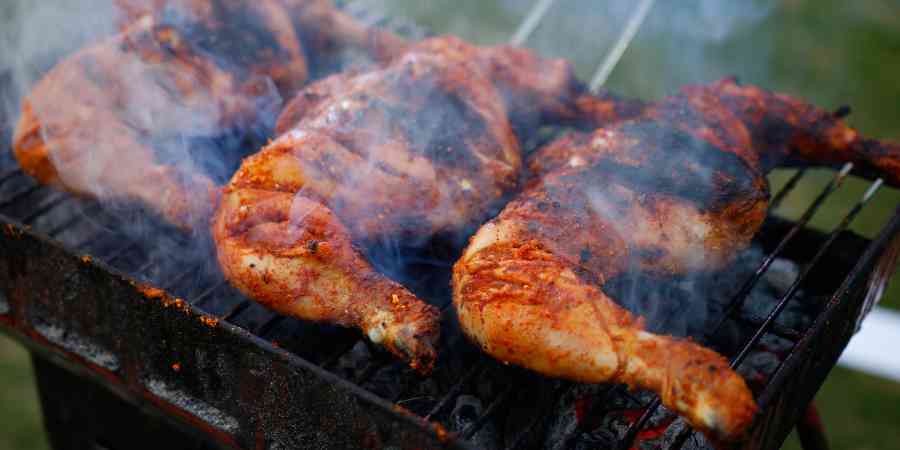
3. Charcoal Grills: Traditional and Trustworthy
Old-School Cooking That Still Works Today
When nothing else is working, your backyard grill can step in. Charcoal grills use burning charcoal to heat food, and they’ve been around for generations. They’re especially good for cooking meats, vegetables, and even bread or pizza.
How to Make the Most of Your Charcoal Grill
Charcoal gives food a smoky flavor that’s hard to beat. Just add charcoal, light it with a match or lighter, and wait until the flames die down and the coals turn white-hot. That’s when it’s time to cook. You’ll want to keep the lid closed as much as possible to hold in the heat, especially when baking or slow-cooking.
Safety First, Always
- Only use your grill outside. Never indoors, or in a garage, due to carbon monoxide danger.
- Keep water or a fire extinguisher nearby. Just in case.
- Store charcoal in a dry area. Wet charcoal is hard to light and doesn’t burn well.
“Grilling is a versatile cooking method during emergencies.” — Outdoor Life Magazine
Charcoal grills are slower than gas stoves but bring comfort and warmth, especially when cooking for family during a power outage.
Explore Charcoal Grills here….
Table: Solar Oven vs Portable Gas Stove vs Charcoal Grill
| Feature | Solar Oven | Portable Gas Stove | Charcoal Grill |
| Power Source | Sunlight | Butane/Propane Canister | Charcoal |
| Speed | Slow (2–4 hours) | Fast (5–15 minutes) | Medium (20–45 minutes) |
| Best Use Case | Sunny daytime cooking | Quick meals anytime | Outdoor grilling |
| Safety Level | Very safe | Safe with ventilation | Only safe outdoors |
| Storage Space | Moderate | Very compact | Larger and heavier |
| Flavor Quality | Mild, steamed | Normal cooking | Rich, smoky taste |
| Cost (One-Time) | $50–$200 | $20–$80 | $50–$300 |
| Eco-Friendliness | ✅ Very eco-friendly | ❌ Uses fuel | ❌ Burns fuel, produces ash |
4. Campfire Cooking: Back to Basics
The Oldest Way to Cook
When all else fails, building a fire and cooking over it is one of the most dependable ways to make a hot meal. Campfire cooking goes way back in history—and it still works beautifully when there’s no power. You just need the right spot and some simple tools to get started.
What You’ll Need
To cook safely and effectively over a campfire, you should have a cast iron skillet, a grill grate, and long-handled utensils like tongs or spatulas. Cast iron is great because it holds heat well and can handle open flames.
Campfire Safety Comes First
- Choose a safe area to build your fire—away from trees, dry leaves, or flammable items.
- Keep water or a fire extinguisher nearby at all times.
- Never leave a fire unattended, even for a minute.
“Campfire cooking connects us to our roots and ensures survival.” — Survival Expert, Lisa Bedford
In emergencies, this old-school method does more than just feed you—it brings comfort and warmth during stressful times.
5. Butane Burners: Quick and Convenient
Lightweight Burners
Butane burners are a top choice when you want a fast and easy way to cook during a power outage. These little burners heat up in seconds, and they’re so light you can move them anywhere.
Why They Work So Well
You can cook a full meal, boil water, or warm up canned food in minutes. Butane burners are affordable, compact, and easy to use—even for beginners.
Tips for Safe Use
- Always cook in a well-ventilated area, especially indoors.
- Check for leaks before turning the burner on.
- Store extra butane canisters safely, away from heat or flame.
“Butane burners are a game-changer for emergency cooking.” — BuySmart Survival
Whether you’re stuck at home or out on a camping trip, a butane burner brings speed and comfort to your emergency cooking kit.
6. DIY Tin Can Stoves
Making a Stove When Nothing Else
When you don’t have a stove, grill, or burner—but you have a tin can—you’re not out of luck. DIY tin can stoves are small but powerful. They’re great for heating water or cooking basic food in a pinch.
What You’ll Need
- An empty tin can (soup or coffee cans work well)
- A can opener
- A small fuel source like alcohol, wax, or even wood
How to Build It
- Cut off the lid of the can and clean it well.
- Poke holes near the bottom to let air in.
- Add your fuel, light it carefully, and place a small pot or pan on top.
“DIY stoves showcase the power of improvisation during emergencies.” — Reddit Preppers Community
While it won’t cook a big meal, this little stove can keep you warm and fed when you have no other option.
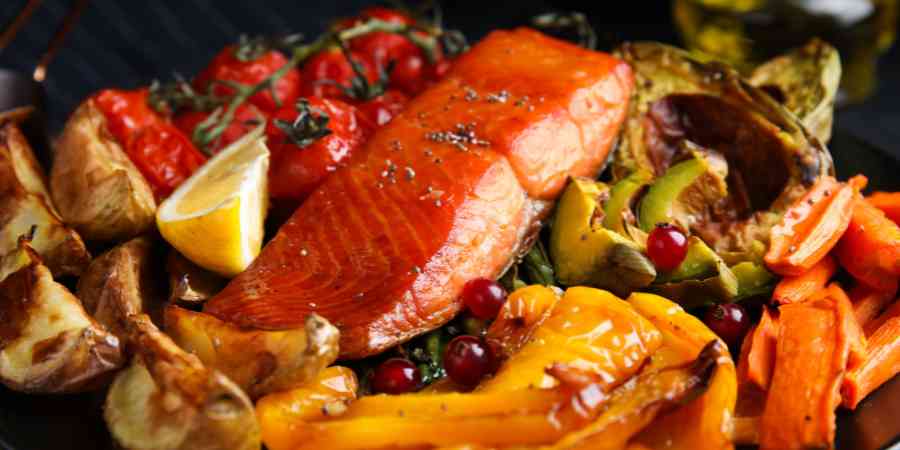
7. No-Cook Meals: Simple and Nutritious
Eat Well Without Cooking
Sometimes, the easiest and safest option is to skip cooking altogether. No-cook meals can be filling, healthy, and easy to prepare, especially if you stock the right foods ahead of time.
What to Keep on Hand
Store non-perishable items like canned beans, nut butters, dried fruits, trail mix, cereal, and crackers. These last a long time and don’t need a stove, fire, or fridge.
Easy Meal Ideas
- Tuna salad with crackers
- Peanut butter and banana wraps
- Trail mix with dried fruit and nuts
- Canned veggies with seasoning
“No-cook meals are essential for emergency preparedness.” — Consumer Reports
They’re perfect for storms, blackouts, or any situation where you need energy fast and can’t waste time cooking.
Explore more about No Cook Meals….
Table: Campfire, Butane Burner, Tin Can Stove & No-Cook Meals
| Feature | Campfire Cooking | Butane Burner | DIY Tin Can Stove | No-Cook Meals |
| Power Source | Firewood | Butane Canister | Alcohol/Wax/Wood | No power needed |
| Setup Time | Medium (10–20 mins) | Fast (1–2 mins) | Medium (10 mins) | Instant |
| Cooking Speed | Slow to Medium | Fast | Medium | Instant |
| Best For | Outdoors & Camping | Indoor or Outdoor Meals | Emergency DIY Use | Quick energy, no tools |
| Safety Level | Moderate (requires caution) | High if ventilated | Low (risk of burns/fire) | Very safe |
| Cost | Low (just wood/tools) | $20–$50 | Almost free | Based on groceries |
| Skill Needed | Basic fire skills | Very easy | Moderate DIY skill | None |
| Long-Term Use | Good for multiple meals | Great with enough fuel | Short-term only | Perfect for any time |
